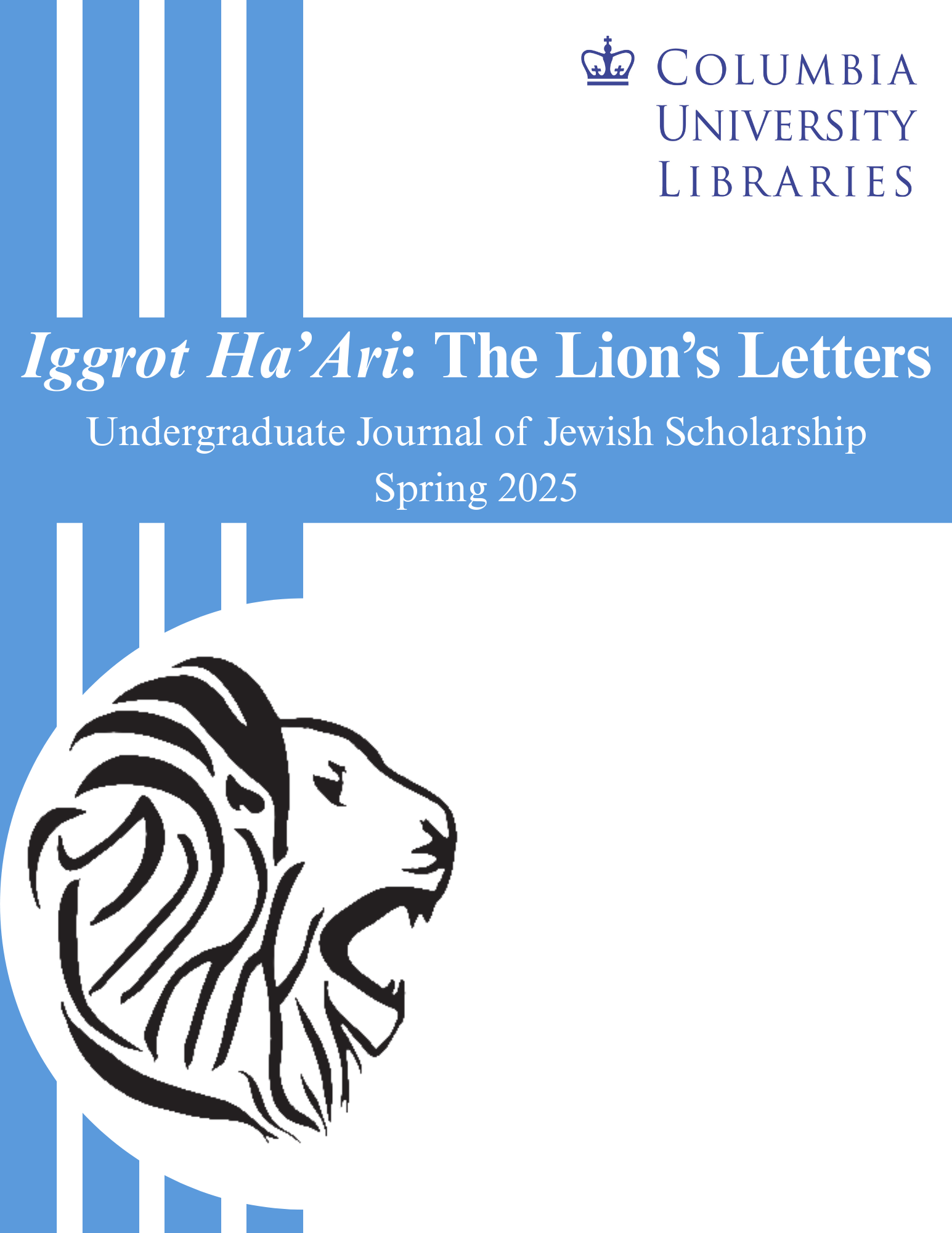Abstract
This paper dives into the vibrant world of early 20th-century dance halls, where Jewish immigrant women in New York City found freedom, excitement, and a chance to redefine their roles in a rapidly changing world. While reformers saw these dance halls as dangerous, immoral spaces, the women who flocked to them saw something entirely different: a place to explore romance, flirtation, and even sexual autonomy, all while challenging traditional gender norms. This paper explores how these women used dance halls to assert agency, challenge traditional matchmaking, and experiment with new forms of romantic and social relationships. Drawing on historical analyses by Kathy Peiss, Randy McBee, Sonia Gollance, and Mary Odem, as well as firsthand testimonies and period literature, the study examines the tension between perceived moral dangers and the lived experiences of Jewish women who found pleasure, independence, and self-determination in these spaces. Through commercial amusements like the dance hall, Jewish women navigated shifting cultural boundaries, formed homosocial bonds, and exercised the newfound ability to select their own partners, helping to shape evolving notions of gender, sexuality, and social identity within New York City’s immigrant communities.

This work is licensed under a Creative Commons Attribution 4.0 International License.
Copyright (c) 2025 Judy Goldstein

